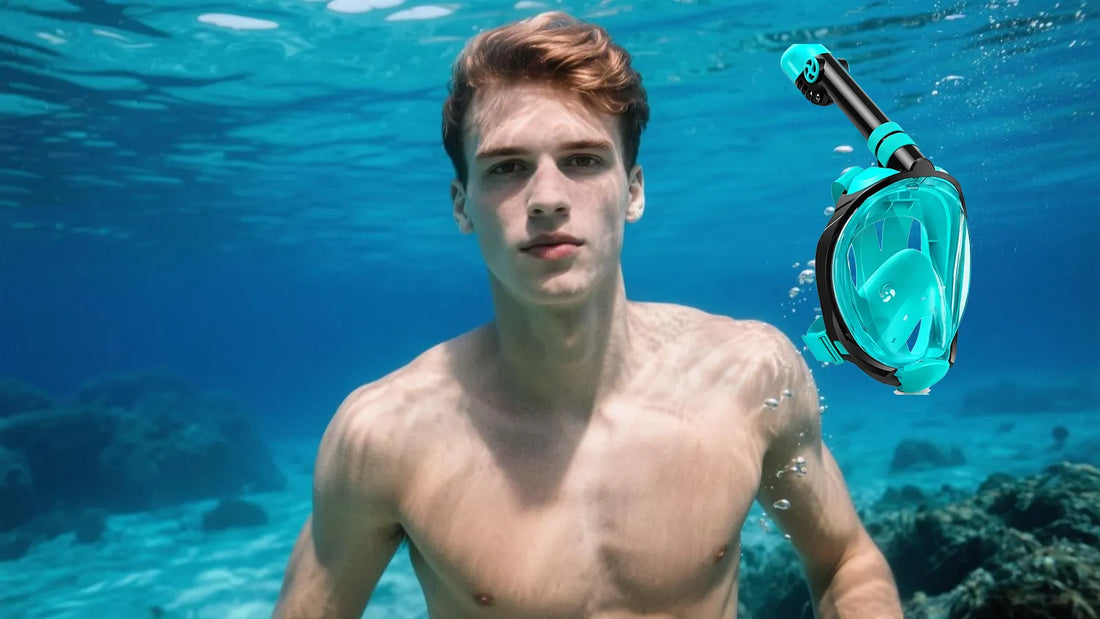Snorkeling is a thrilling way to explore the underwater world, but many enthusiasts wonder just how deep they can go. The answer isn't straightforward, as it depends on several factors, including your skills, equipment, and safety precautions. Let's dive into the details to understand the limits and possibilities of snorkeling depth.
Understanding Snorkeling Basics
Snorkeling is a surface water activity that allows you to observe marine life and underwater landscapes without the need for heavy diving equipment. It typically involves a mask, snorkel, and fins, enabling you to breathe while floating face-down on the water's surface. While snorkeling is generally a shallow-water activity, some adventurers push the boundaries to explore deeper areas.
How Deep Can You Snorkel Without Special Equipment?
For most recreational snorkelers, the depth is limited to around 10 to 15 feet. This is because the snorkel tube, which allows you to breathe while your face is submerged, is only effective when its top remains above water. Going deeper than this depth requires holding your breath, which can be dangerous without proper training and experience.
The Role of Breath-Holding in Deeper Snorkeling
Some experienced snorkelers practice breath-holding techniques to explore depths beyond the surface. This is often referred to as free diving or skin diving. With proper training, individuals can safely dive to depths of 30 feet or more. However, this requires significant practice, as breath-holding for extended periods can lead to hypoxia, shallow water blackout, or other serious risks.
Factors That Influence Snorkeling Depth
Several factors determine how deep you can snorkel, including:
- Experience and Skill Level: Beginners should stick to shallow waters, while experienced snorkelers can venture deeper with proper techniques.
- Physical Fitness: Strong swimming skills and good cardiovascular health are essential for deeper snorkeling.
- Equipment: While basic snorkeling gear is sufficient for surface snorkeling, specialized equipment like weight belts or longer fins can aid in deeper exploration.
- Water Conditions: Clear, calm waters are safer for deeper snorkeling, while strong currents or poor visibility increase risks.
Safety Precautions for Deeper Snorkeling
Safety should always be your top priority when snorkeling, especially if you plan to explore greater depths. Here are some essential tips:
- Never Snorkel Alone: Always have a buddy with you to assist in case of emergencies.
- Know Your Limits: Avoid pushing yourself beyond your comfort zone or skill level.
- Practice Breath-Holding Safely: If you plan to dive deeper, take a free diving course to learn proper techniques.
- Monitor Your Health: Avoid snorkeling if you feel unwell or fatigued, as this can increase the risk of accidents.
The Importance of Proper Training
If you're eager to explore deeper waters, investing in proper training is crucial. Free diving courses teach you how to manage your breath, equalize pressure, and stay safe underwater. These skills not only enhance your snorkeling experience but also reduce the risks associated with deeper exploration.
Environmental Considerations
While snorkeling deeper can be exciting, it's essential to respect the marine environment. Avoid touching or disturbing coral reefs, marine life, or underwater ecosystems. Practice responsible snorkeling to preserve these natural wonders for future generations.
Exploring the Underwater World Responsibly
Snorkeling offers a unique opportunity to connect with nature and witness the beauty of the ocean. Whether you're sticking to the surface or venturing deeper, always prioritize safety and environmental responsibility. By understanding your limits and respecting the underwater world, you can enjoy snorkeling to its fullest.
Ready to take your snorkeling adventures to the next level? With the right knowledge, skills, and precautions, you can explore the depths safely and responsibly. Dive in and discover the wonders that lie beneath the surface!

